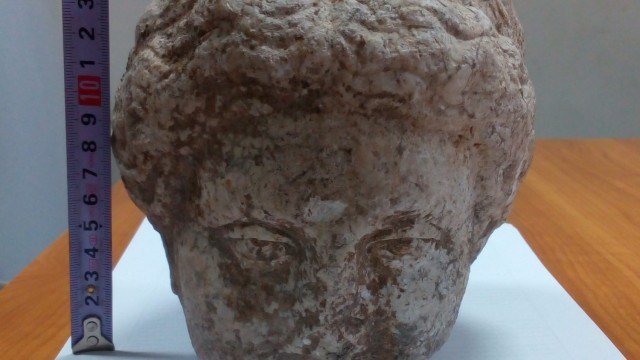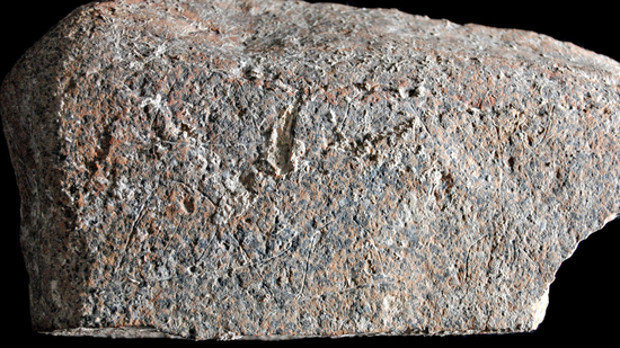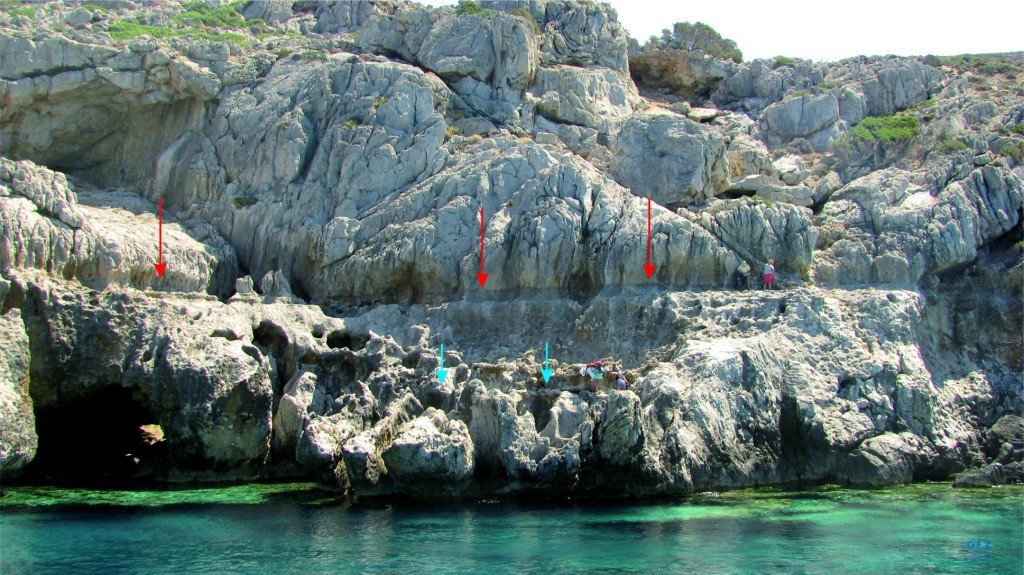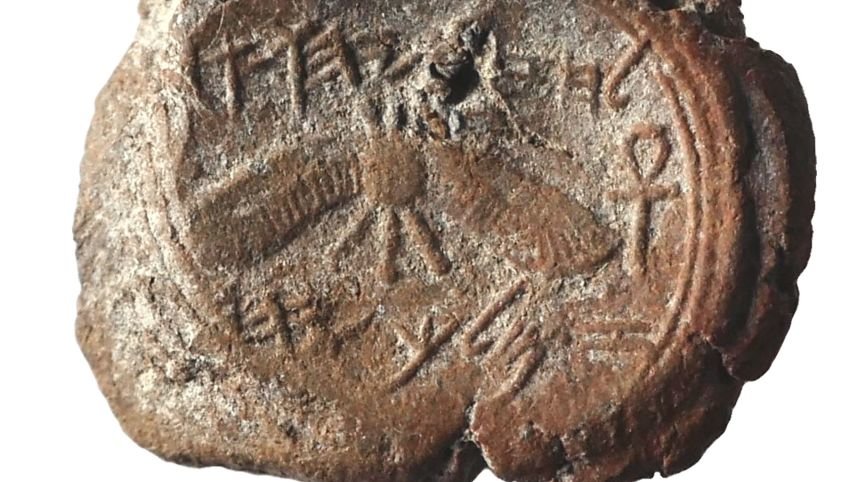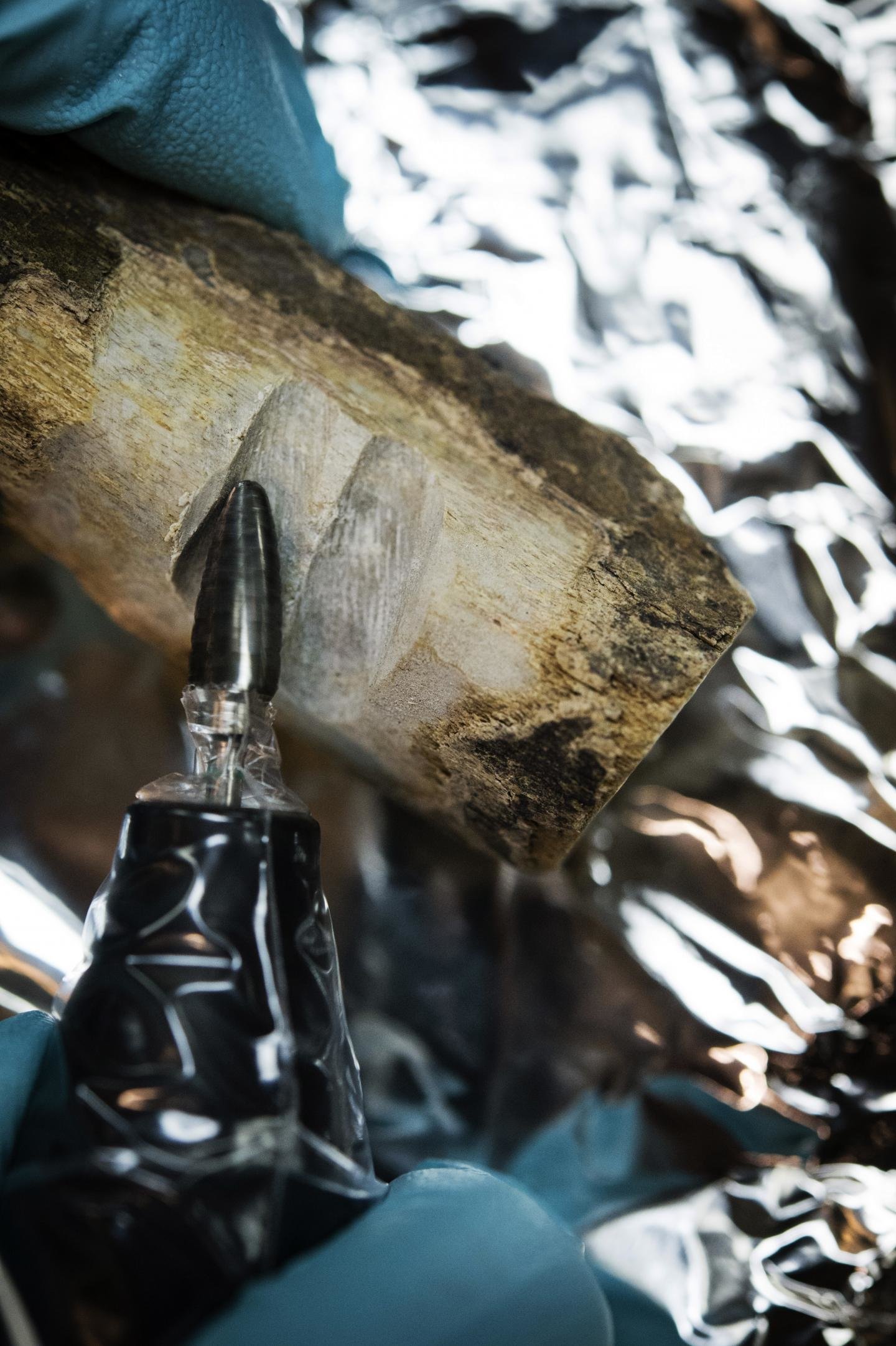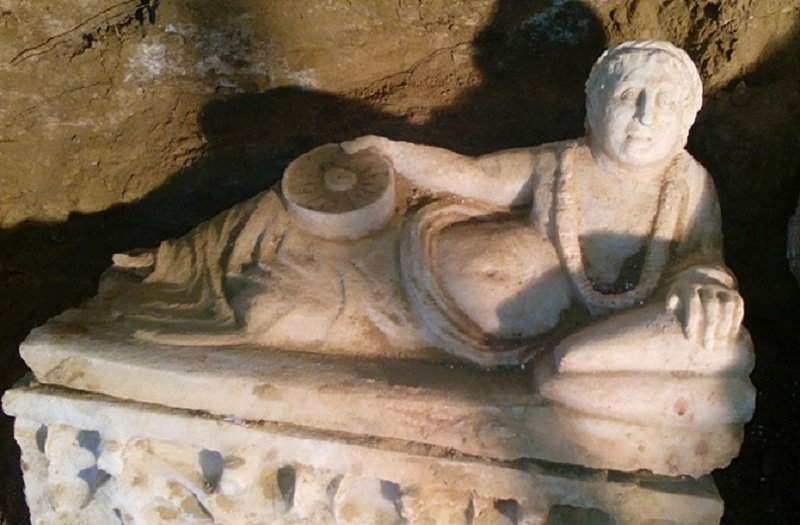
© Soprintendenza Archeologia dell'UmbriaOne of the reclining figures on the lid of the urn.
Dated to the end of the 4th century B.C., the burial site was found by a farmer who opened a void in the earth while working with his plow in a field near Città della Pieve, a small town some 30 miles southwest of Perugia.
"It was a totally unexpected discovery. The area is away from the sites visited by tomb robbers and indeed the burial is undisturbed," Clarita Natalini of the archaeological superintendency of Umbria, told Discovery News.
Finding an undisturbed Etruscan tomb is an extremely rare event that has the potential to reveal more about one of the ancient world's most fascinating and mysterious cultures.
The Etruscans were a fun- loving and eclectic people who among other things taught the French how to make wine, the Romans how to build roads, and introduced the art of writing into Europe. They began to flourish around 900 B.C., and dominated much of Italy for five centuries.
Known for their art, agriculture, fine metalworking and commerce, they began to decline during the fifth century B.C., as the Romans grew in power. By 300-100 B.C., they eventually became absorbed into the Roman empire.
